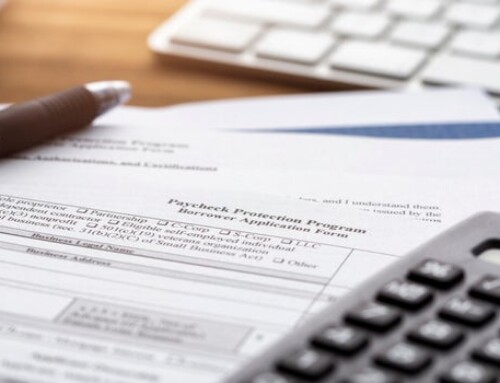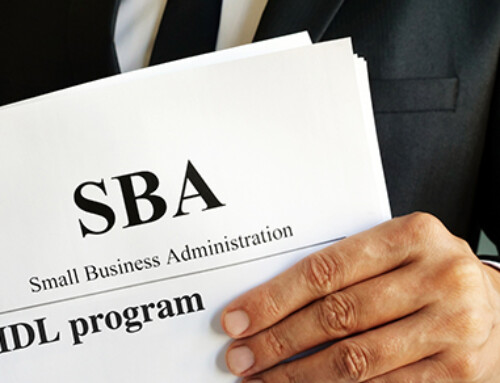The office-in-the-home deduction produces good-to-excellent cash benefits when it eliminates commuting mileage. That’s the result you achieve when you claim an administrative office in your home.
To qualify for the home-office deduction, you must use the office exclusively for the business or businesses for which you are claiming the deduction.
Your ability to qualify for the office-in-the-home deduction is straightforward if you have no spouse and only one business. But add a spouse or another business to the equation and this deduction can become more complicated.
If you are going to have more than one business use of your office in the home, make sure each business use separately qualifies on its own merits for the home-office deduction.
If you are married, all uses of the same office by the spouses must be deductible uses or the office fails the exclusive-use test.
If one spouse uses one half of the room and the other spouse uses the other half of the room, then each spouse is responsible only for his or her use of that half.
Example. Sally uses her half of the room for qualified business uses. She gets to deduct her half. George uses his half for his fantasy sports leagues, which he obviously can’t deduct, but because he does this in his half of the room, he does not destroy Sally’s home-office deduction.
Here is what the IRS MSSP Training Guide says about multiple business activities:
When a taxpayer has multiple business activities, all of the activities for which the office is used must meet the qualifications. If any of the activities uses the home office and does not meet the requirements, the exclusive use test is not met and no deduction is allowed.
In this guide, the IRS makes it clear to its audit personnel that a taxpayer’s failure to win the home-office deduction generally calls for disallowing some business mileage, as trips from home to the office are now personal trips.
As your business continues to grow, we wanted to make sure that you were aware of these rules.





